Teacher Portal
Atomic Structure
CELL Guide
CELL Guide
Atomic Structure

LabLearner’s 3-D Approach to Scientific Inquiry
Phase 1 – Defined Understanding
The defined boundaries of this phase provide a framework for engaging parents and identifying students’ current knowledge of the key topic(s) explored in this CELL.
Phase 2 – Dynamic Understanding
Change, activity, and progress characterize the dynamic phase. Its design will enable you to enhance students’ existing skills, interests, and understanding, as well as meaningfully build new ones.
Phase 3 – Deeper Understanding
By this point, students have moved through powerful and purposeful tasks that had them actively and intentionally construct an understanding of concepts. In this final phase, students will consolidate knowledge and make deeper connections among ideas.
Phase 1 – Defined Understanding
► Questions to Investigate in this CELL
- What is an element?
- What is the Periodic Table of Elements?
- How is the Periodic Table of Elements arranged?
- How do the elements from the metal and nonmetal groups differ?
- What are atoms? What components make up an atom?
- What information about an element can be determined by using the Periodic Table of Elements?
- How do elements from the metal and nonmetal groups differ?
- What is a metalloid?
- Where are metalloids found on the Periodic Table of the Elements?
- How is the Periodic Table of the Elements arranged?
► Parent Newsletter
Encourage parents to connect to their child’s learning by providing them with a framework of the CELL. Use this link to access and share the Parent Newsletter.
► Baseline Assessment
Assess students’ current knowledge of the topic(s) being explored then set instructional and student learning goals. Use this link to schedule then invite students to take the Pre-test for the CELL.
Phase 2 – Dynamic Understanding
► Introduction and Fun Facts
Enhance your conceptual understanding by reading the student-level research on the topic(s) being explored. Use this link to access the research.
____________________________________________
► Links to Investigations
Go directly to the Investigation you are working on by clicking on a link below:
► Investigation 1
► Investigation 2
► Investigation 3
► Investigation 4
► CELL Vocabulary
Investigation 1:
- Matter: anything that occupies space and has mass
- Element: A substance that cannot be broken down into smaller components through chemical reaction
- Periodic Table of the Elements: a table that organizes the elements according to their physical and chemical properties
- Atomic Number: the number of protons found in the nucleus of an element’s atom
- Atomic Mass: the mass of an atom’s protons and neutrons
- Group: the vertical columns in the Periodic Table
- Period: the horizontal rows in the Periodic Table
Investigation 2:
- Physical Property: a property of a substance that can be observed without changing the substance’s identity
- Chemical property: a characteristic that describes the atomic or elemental composition of a substance – It can be observed during a chemical reaction.
- Atom: the smallest particle of an element that still has all the properties of that element
- Subatomic Particle: particles that make up an atom – Protons, neutrons and electrons are subatomic particles.
- Nucleus: the center mass of an atom. It contains protons and neutrons
- Proton: a subatomic particle with a positive charge
- Neutron: a subatomic particle with no charge
- Electron: a subatomic particle with a negative charge that orbits the nucleus
Investigation 3:
- Metals: elements that are lustrous, shiny, hard and malleable and lose electrons easily
- Nonmetals: elements that are soft, brittle and dull
- Metalloid: an element that can possess properties of both metals and nonmetals
► Access Scoring Rubric
Examine the scoring rubric for this CELL so that you know what your teacher is looking for in terms of performance.
Tips for Success:
Google Classroom
Phase 3 – Deeper Understanding
►Deep Analysis Classroom Discussion
These questions can be used to elicit in-depth discussions based on the lab experience. Teachers may use any or all of these discussion points depending on the time available. All Investigations‘ Deep Analysis questions as well as the Comprehension Check for the entire CELL are found on this link.
►CELL Summary
Review the key ideas and learning goals for the CELL via this link.
► Summative Assessment
Evaluate student learning at the end of the CELL by comparing the Summative Assessment to students’ Baseline Assessments. Use this link to schedule then invite students to take the Post-test for the CELL.

